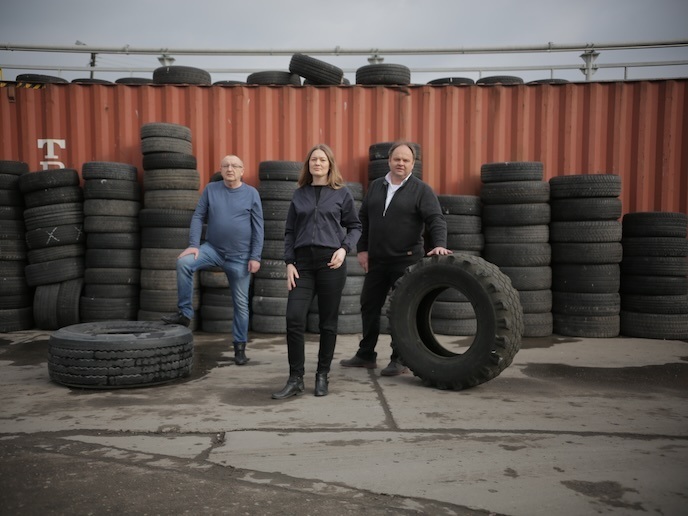Removing hazardous substances from the air
VOCs evaporate into the air at room temperature and pressure. The evaporation process produces tiny air-borne molecules of often questionable safety to those who inhale them, come into contact with them via adsorption to skin or drink them in contaminated water supplies. While the use of VOCs has been restricted in recent years, there are still thousands of products present in everyday life that contain VOCs. Removal of VOCs from waste air streams, whether at factories that use VOCs or at wastewater treatment plants that remove VOCs from wastewater, is commonly accomplished with separation membranes. The application of nanotechnology, or technology on the scale of atoms or molecules, to membrane filtration of VOCs in waste air streams offers great potential for enhanced function. Nanoparticles have the unique feature of very high surface areas compared to their volumes. This surface area is extremely useful as a work surface for chemical reactions and adsorption of other molecules. However, integration of nanotechnology with membrane separation technology for more efficient and greener removal of VOCs from waste air streams is an emerging field that has not yet reached maturity. In order to coordinate efforts in research with those in industry and in policymaking bodies, European researchers initiated the ANVOC project. The main goal of the project was to organise a symposium bringing together stakeholders from all areas to disseminate knowledge to end users and to motivate cooperation among research and development (R&D) bodies. ANVOC scientists met all goals, bringing together international experts in nanotechnology, membrane technology and air pollution control. The symposium presented R&D results, identified the types of membranes used in recovery of VOCs and demonstrated the use of membranes in gas separation. In addition, valuable possibilities for future research collaboration were identified. ANVOC project outcomes should have important impact on the future of R&D related to integration of nanotechnology with membrane filtration technology for VOC recovery from waste air streams. Eventual commercialisation of innovations will enhance consumer and worker health while protecting the environment.







